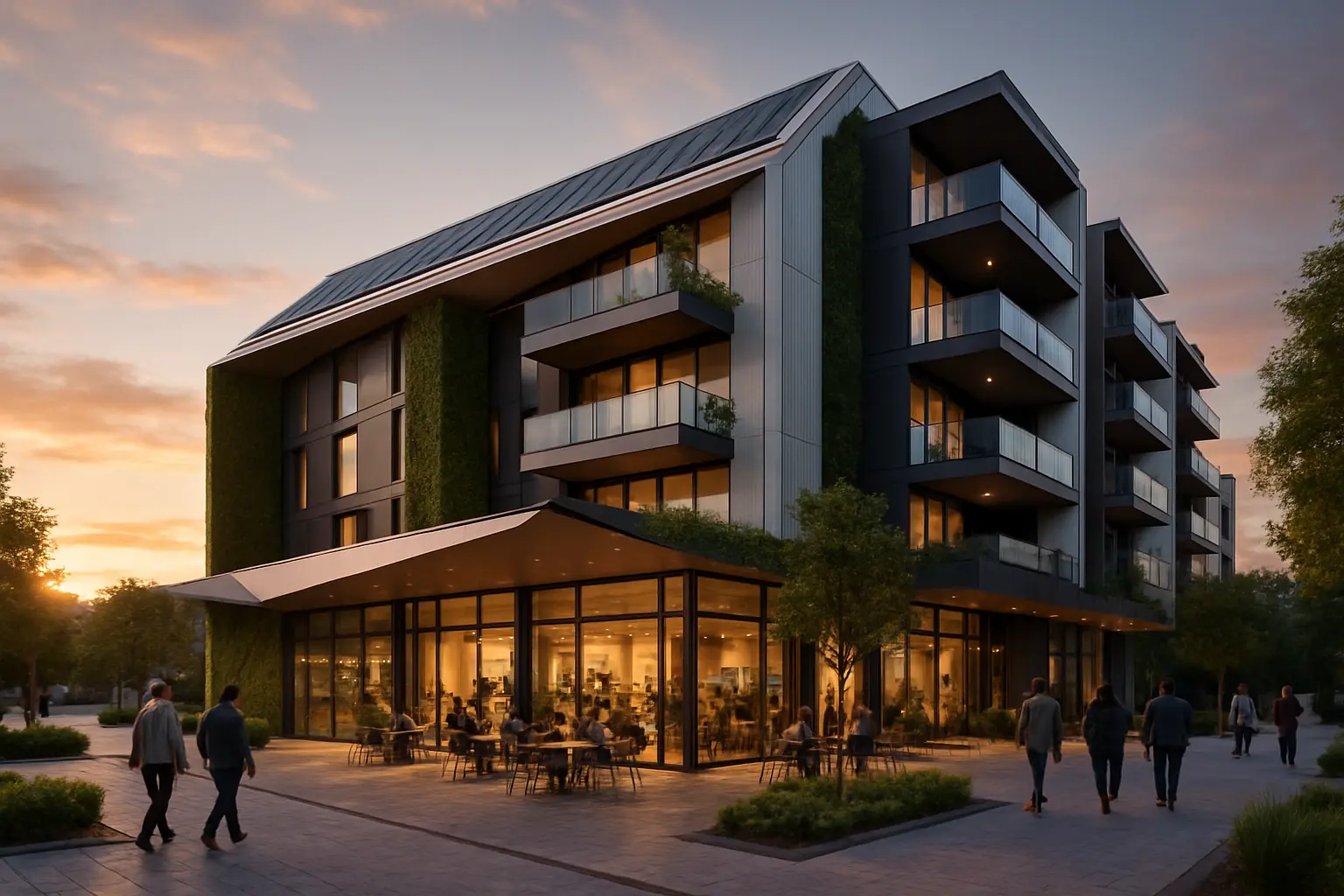The Art of Mixed-Use Properties: Maximizing Investment Potential in Today's Market
Discover how savvy investors are blending commercial and residential spaces to create thriving community hubs while generating superior returns.

Understanding the Rise of Mixed-Use Developments
The real estate landscape is experiencing a remarkable transformation as mixed-use developments emerge as the cornerstone of modern urban planning. These innovative properties, which seamlessly blend residential and commercial spaces, are reshaping how we live, work, and interact within our communities.
Mixed-use developments have gained significant traction as investors and developers recognize the potential to create vibrant, sustainable communities that cater to evolving lifestyle preferences. The concept isn't new, but its modern interpretation has evolved to meet contemporary demands for convenience, sustainability, and community connection.
Key Benefits of Mixed-Use Properties
Diversified Income Streams
- Multiple revenue sources from residential rentals, retail spaces, and office leases
- Reduced financial risk through income diversification
- Enhanced cash flow stability throughout market cycles
Risk Mitigation Through Diversity
- Lower vacancy risks due to multiple tenant types
- Balanced portfolio performance across different market sectors
- Increased resilience during economic fluctuations
Value Appreciation Factors
- Premium property values due to convenience and amenities
- Higher tenant retention rates
- Increased foot traffic benefiting commercial tenants
Strategic Planning for Success
Successful mixed-use development requires careful consideration of several critical factors:
Location Selection
Choose locations with strong demographic indicators, accessibility to public transportation, and growing market demand. Consider areas with supportive zoning regulations and development-friendly local governments.
Tenant Mix Optimization
Create a complementary blend of businesses and residential options that enhance the overall property value. Focus on:
- Anchor tenants that drive foot traffic
- Complementary business combinations
- Amenities that attract quality residential tenants
Space Allocation
Optimize the ratio between residential and commercial spaces based on market demand and local demographics. Consider flexible designs that can adapt to changing market conditions.
Future-Proofing Your Investment
To ensure long-term success, mixed-use properties must adapt to evolving market trends:
The most successful mixed-use developments are those that anticipate future needs while maintaining flexibility in their design and use.
Emerging Trends to Consider:
- Integration of smart building technologies
- Sustainable design and green building practices
- Flexible spaces that can adapt to changing needs
- Enhanced digital connectivity infrastructure
- Health and wellness-focused amenities
The future of mixed-use properties lies in creating environments that seamlessly integrate technology, sustainability, and community engagement. Successful investors will focus on developments that not only meet current demands but can evolve with changing market dynamics and consumer preferences.
By understanding these key elements and implementing strategic planning, investors can capitalize on the growing demand for mixed-use properties while creating valuable community assets that stand the test of time.


